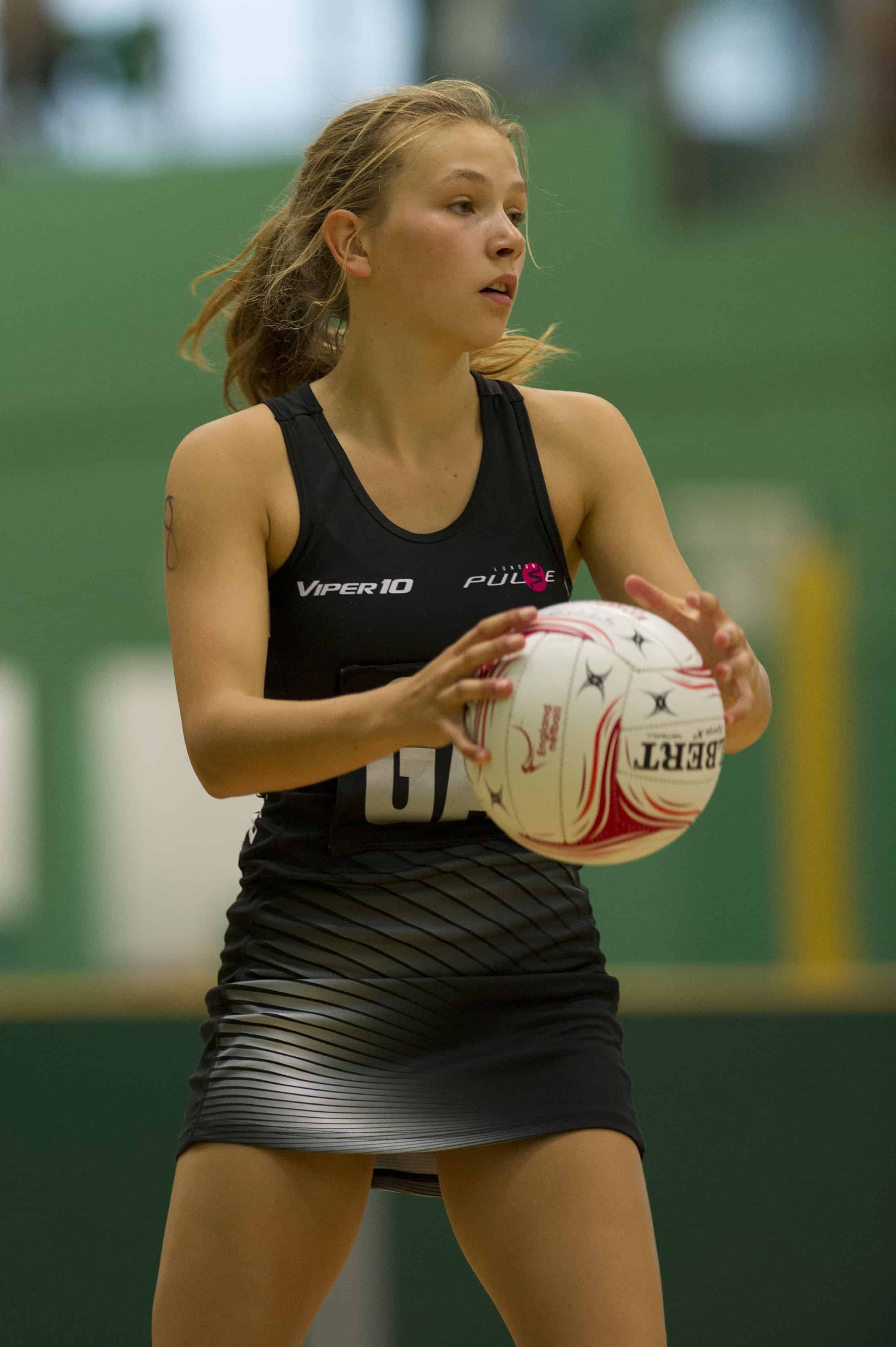Many team sports and clubs are starting to incorporate “primer” sessions the day before a game. In some cases these sessions are even performed the morning of a game! This might seem a bit odd to be lifting that close to competition. Surely you are going to fatigue an athlete, right? Well, maybe not. Evidence suggests that power type resistance training 24 hrs before a game may actually improve power output and enhance neuromuscular performance.
What is Power Type Training
Simply put, think about moving fast. Power, in a sporting / gym sense can be calculated by dividing the amount of work done, by the time taken to do so.
Power = Work / Time
The amount of work done can be calculated by the amount of force multiplied by the distance travelled.
Work = Force x Distance
So, power type training can be thought of as moving a weight ta desired distance, as fast as possible. For these “primer” type sessions, you can use these guidelines to ensure you are achieving the correct stimulus.
Low volume (sets/reps)
Low load (<40% 1RM)
High velocity (move fast!)
Long rest periods (>3 minutes)
Why Does Power Type Training Have This Effect?
The research suggests a number of mechanisms as to why these sessions appear to improve explosive performance. An increase in muscle activation leaves the muscle in an excitable state, with more of their capacity unlocked and ready for action. The explosive nature of the movements used often increase mechanical stiffness. The ability to accept forces and transfer them in any desired direction. Some studies have also suggested there is a positive testosterone response and changes parasympathetic nervous activity following power type training.
My Final Thoughts on These Sessions
As a Leading Personal Trainer in Berkshire, I have used these myself as well as with clients. In my personal opinion, there will be quite a bit of variation between individuals. Both in the willingness to train so close to competition and in the response achieved. What I do know is that when these sessions have been performed there needs to be a few rules to follow. When performing power type training before a game I try to use these principles (other than the 4 stated earlier).
Hit all the major movement patterns, squat, hinge, push pull etc.
Limit eccentric phases or deceleration – use throws as much as possible
Make sure it is fun – athletes generally react and perform better when they’re smiling
Stop sooner rather than later – even if the athlete feels good and wants a couple me, make sure you avoid fatigue at all costs.
